FDN3 brute-force attacks peaked July 6–8, 2025, tied to Seychelles bulletproof hosts enabling ransomware entry.
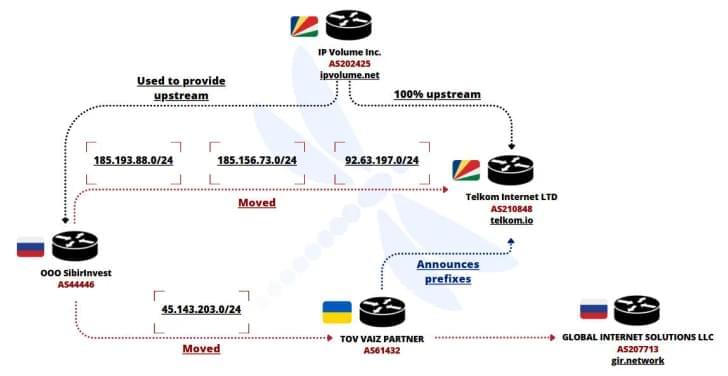

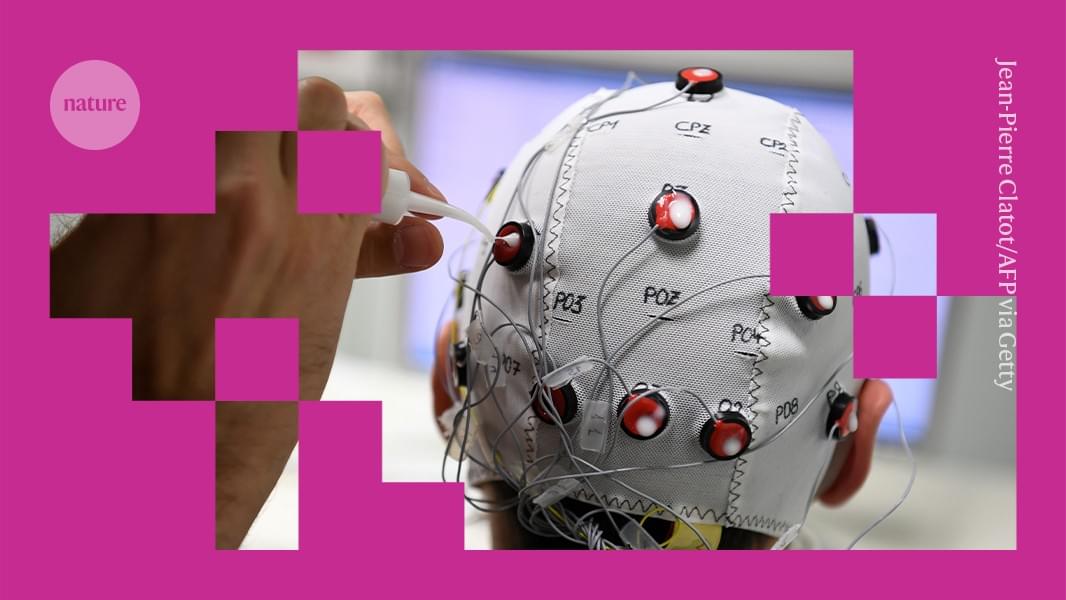
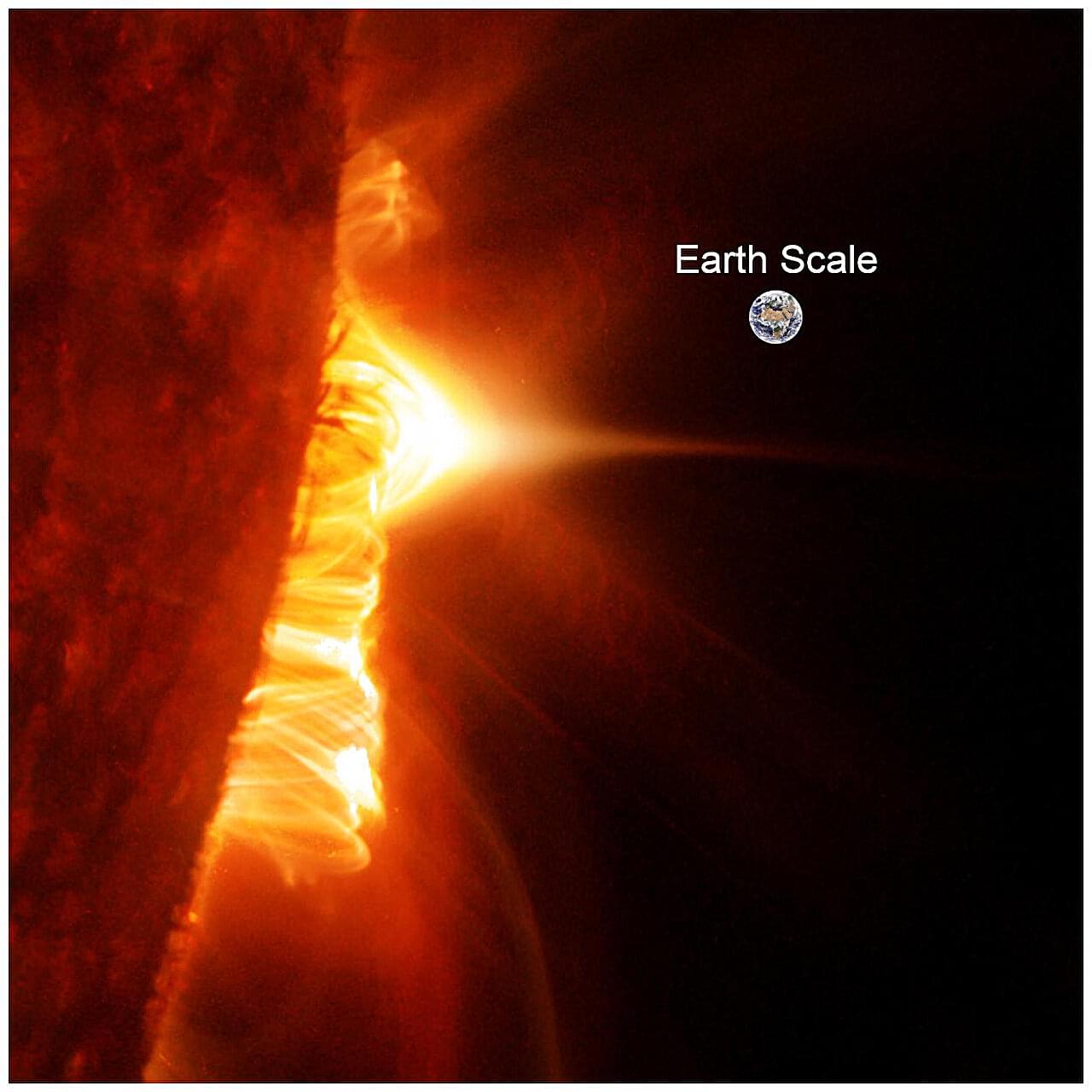
Questions to inspire discussion.
🗓️ Q: When will more details about Tesla’s master plan part 4 be revealed? A: Elon Musk will add specifics to the master plan part 4 at the upcoming annual shareholder meeting on November 6th, including key milestones for achieving sustainable abundance.
AI and Manufacturing.
🧠 Q: What is Elon Musk’s focus regarding AI development? A: Musk is prioritizing the development of AI compute capacity and deep learning models, as evidenced by his focus on XAI and Grock 5, to drive innovation in Tesla’s products and services.
🏭 Q: How does Tesla plan to improve its manufacturing processes? A: Tesla aims to create a custom AI solution using Grock agents to develop a cybernetic organism capable of manufacturing humanoids more efficiently than current Tesla methods.
🤖 Q: What is the potential timeline for Grock 5 to achieve AGI? A: Elon Musk believes Grock 5 has a chance to become AGI (Artificial General Intelligence) by next year, potentially allowing Tesla to achieve supremacy in manufacturing through superior AI.
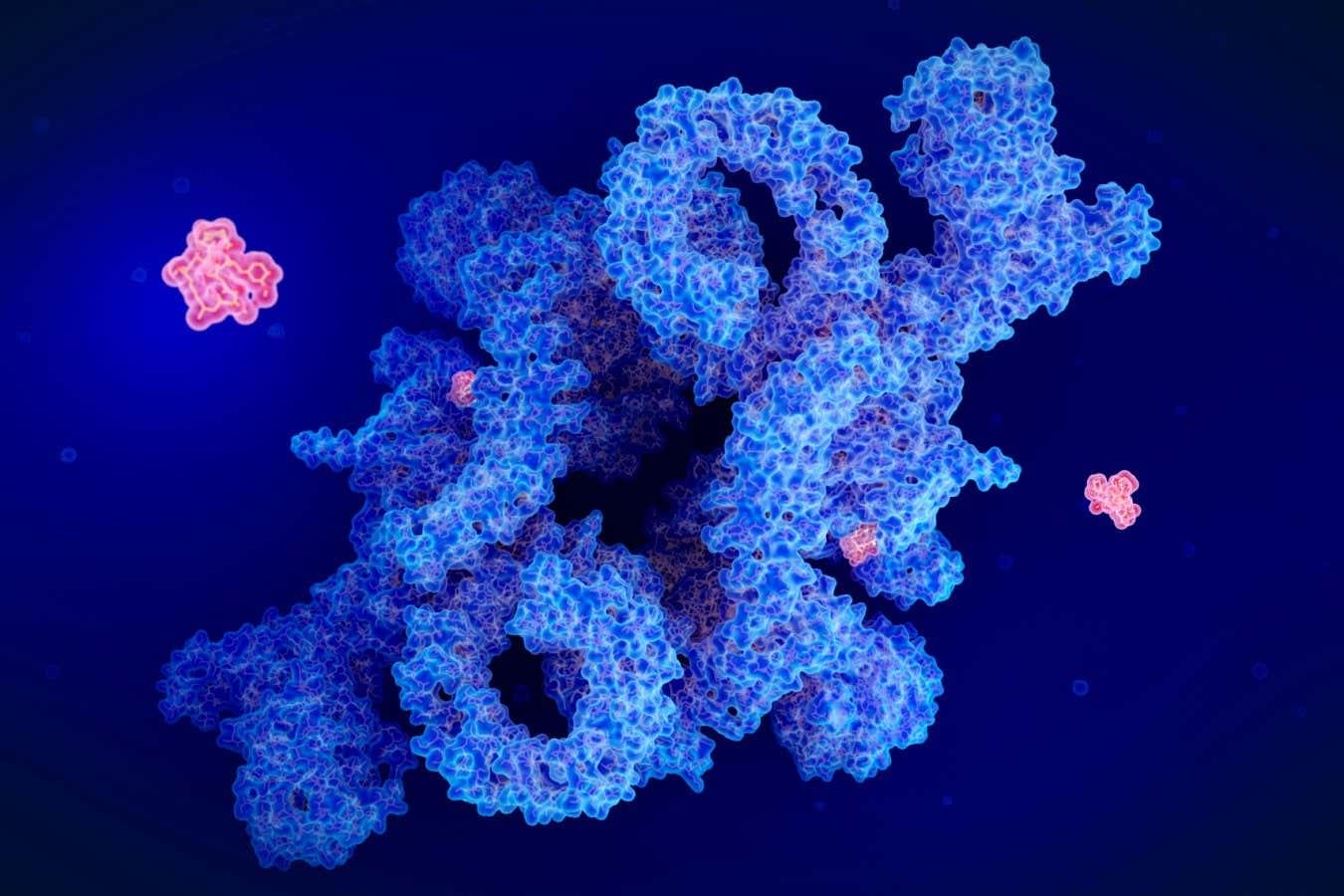
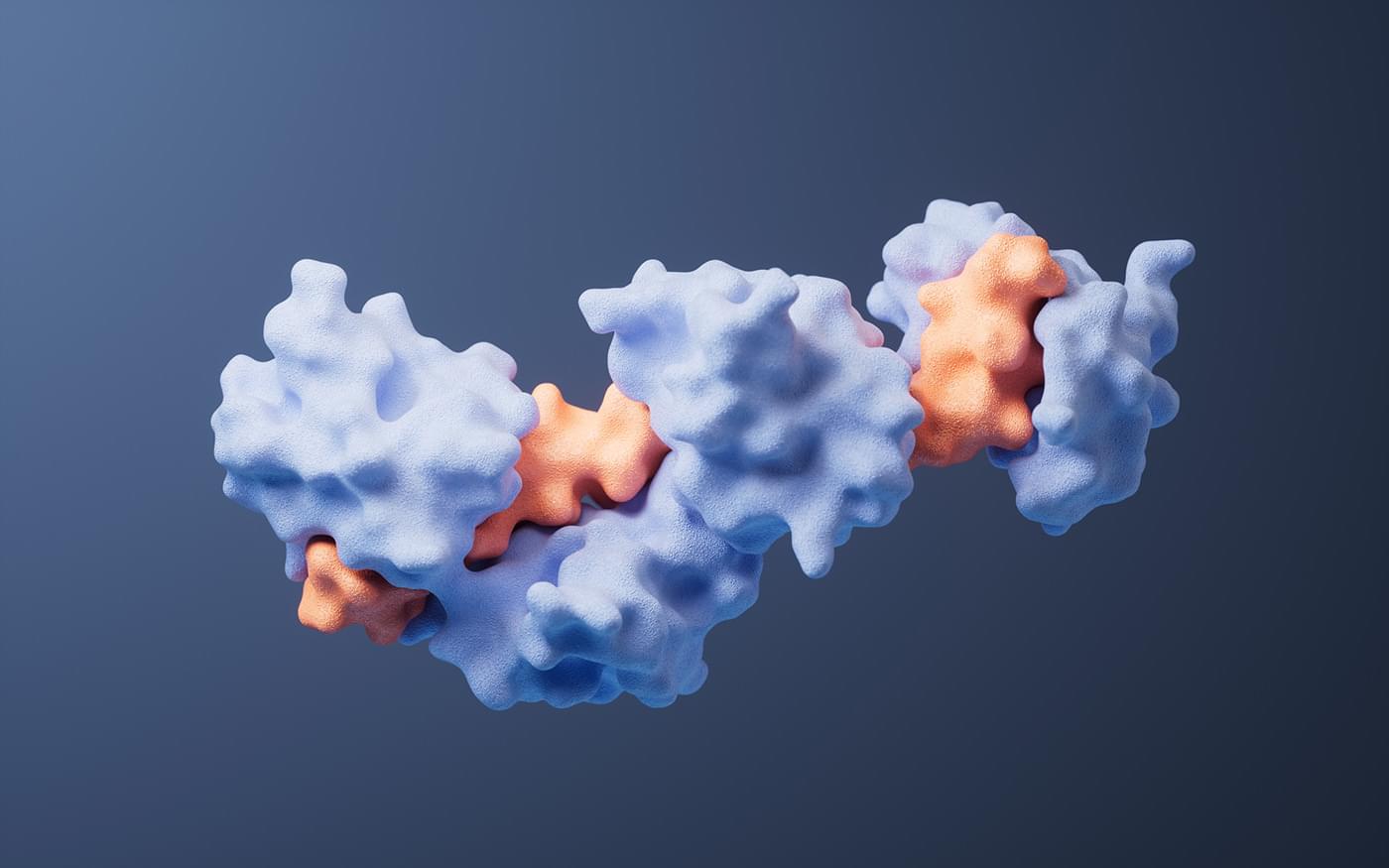
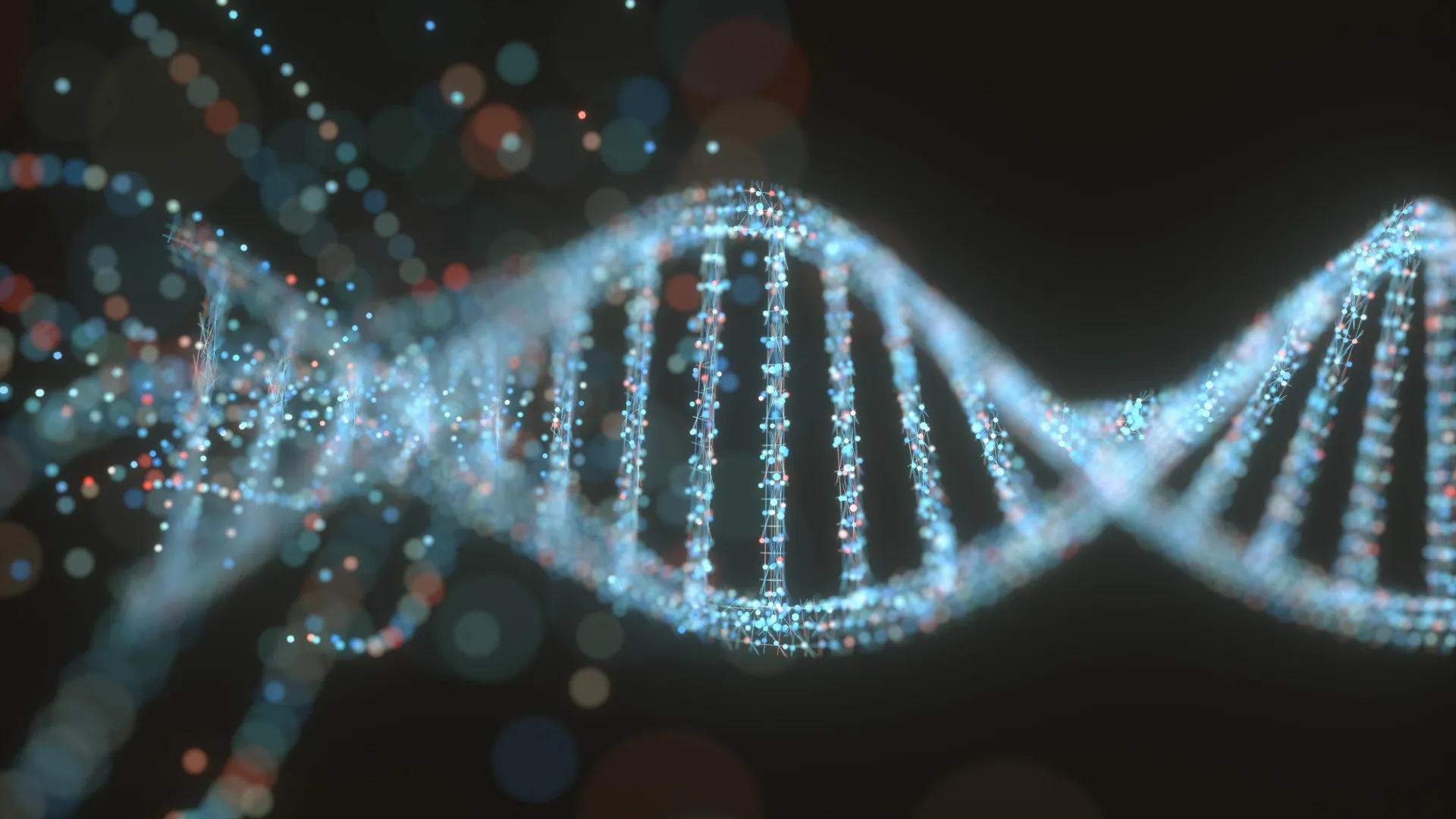
Scientists at Mount Sinai have created an artificial intelligence system that can predict how likely rare genetic mutations are to actually cause disease. By combining machine learning with millions of electronic health records and routine lab tests like cholesterol or kidney function, the system produces “ML penetrance” scores that place genetic risk on a spectrum rather than a simple yes/no. Some variants once thought dangerous showed little real-world impact, while others previously labeled uncertain revealed strong disease links.


All diejenigen, die aus den Geodaten neben der klassischen Visualisierung, Abfrage und einfachen Analyse viel mehr Erkenntnisse ziehen und sich den Daten eher wissenschaftlich annähern wollen, sei ein Blick auf GeoDa [1] empfohlen. Dort heiß es:
GeoDa ist ein kostenloses Open-Source-Softwaretool, das als Einführung in die räumliche Datenwissenschaft dient. Es ist darauf ausgelegt, neue Erkenntnisse aus der Datenanalyse zu erleichtern, indem räumliche Muster erkundet und modelliert werden. …
Das Programm bietet eine benutzerfreundliche und grafische Oberfläche für Methoden der explorativen räumlichen Datenanalyse (ESDA), wie räumliche Autokorrelationsstatistiken für aggregierte Daten (mehrere tausend Datensätze) und grundlegende räumliche Regressionsanalyse für Punkt-und Polygondaten (Zehntausende von Datensätzen). [1].